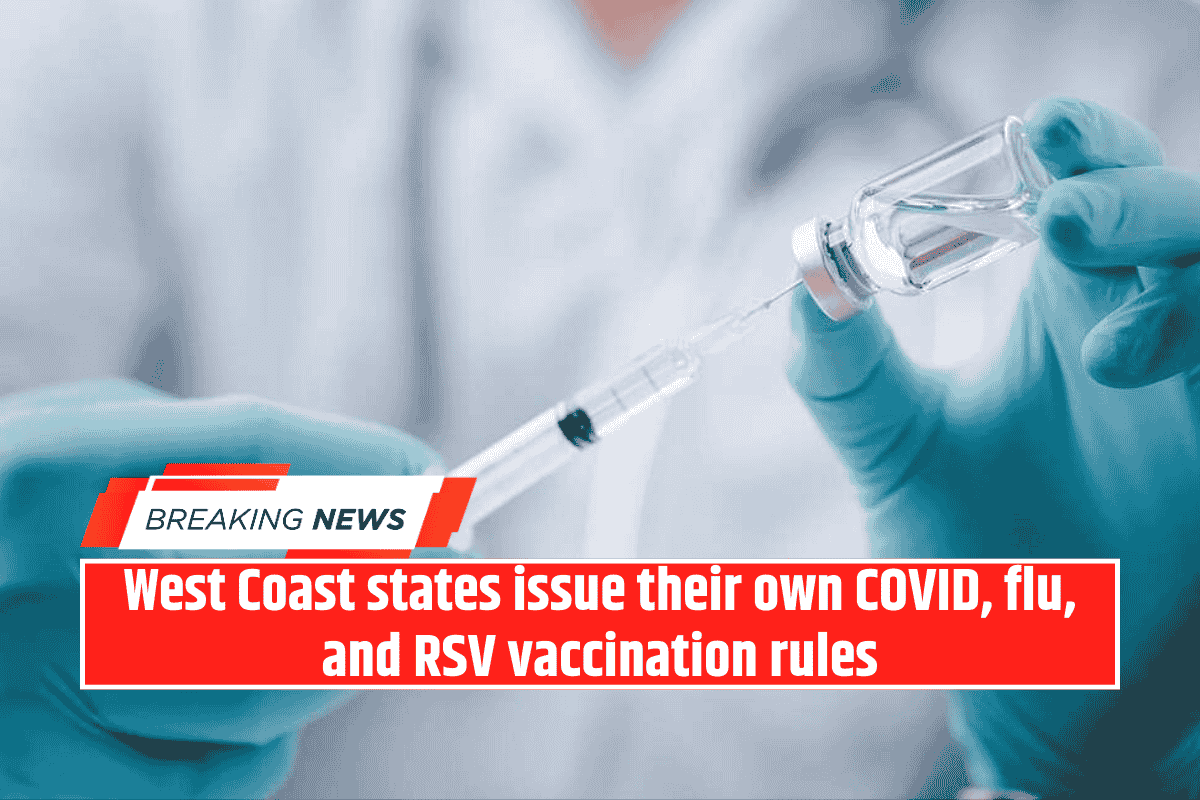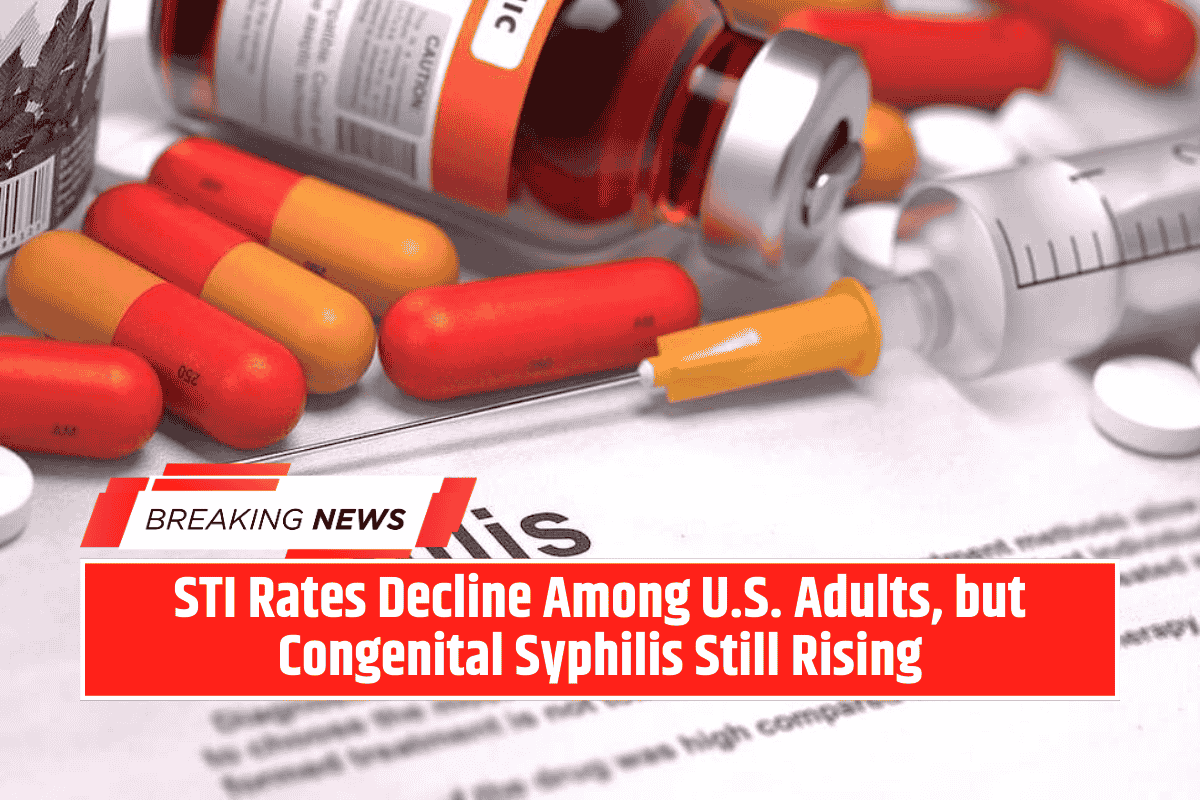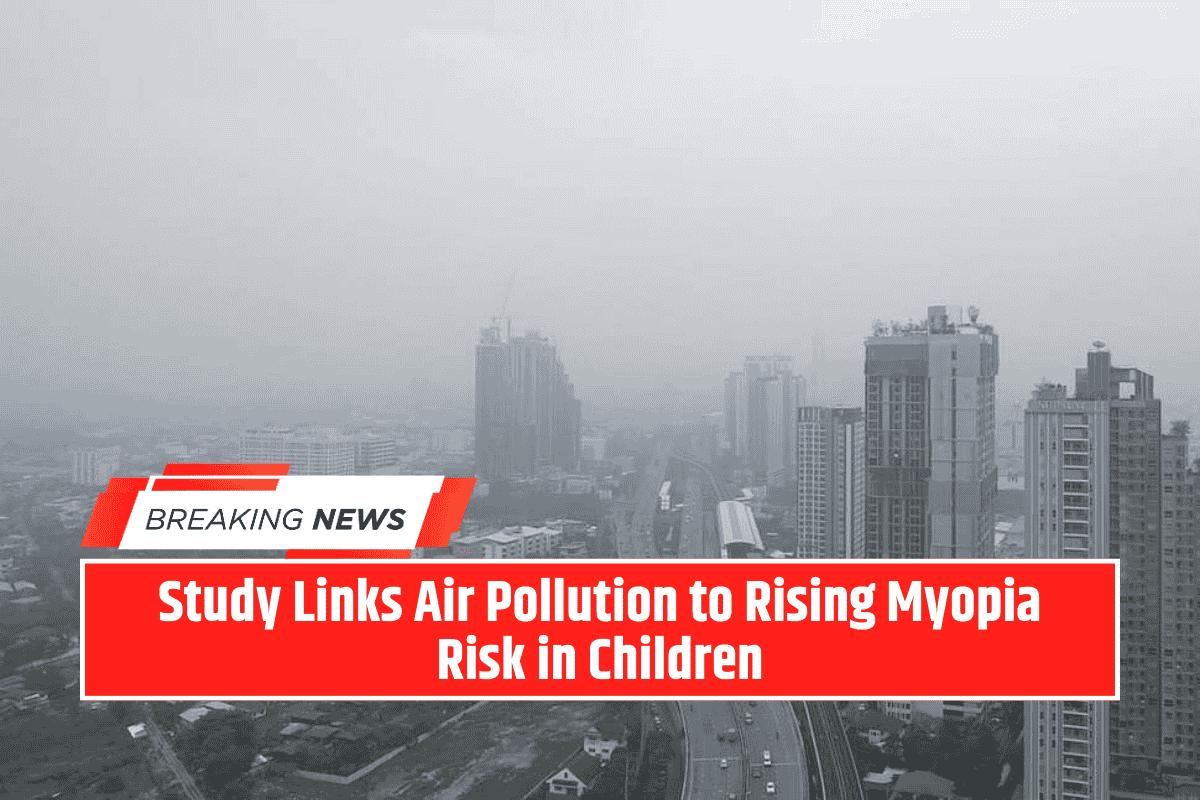California, Hawaii, Oregon, and Washington have joined forces as the West Coast Health Alliance, issuing vaccine recommendations that diverge from the U.S. Centers for Disease Control and Prevention (CDC).
The joint guidance, announced Wednesday, encourages broader vaccine use for COVID-19, flu, and RSV than current federal advice.
Expanded Vaccine Recommendations
The alliance is advising:
- COVID-19 shots for children 6–23 months, adults 65 and older, younger adults with health risks, and anyone pregnant or planning pregnancy.
- Flu vaccines for everyone aged 6 months and up.
- RSV vaccines for all babies, adults 50–74 with risk factors, and everyone 75 and older.
Leaders emphasized that these decisions are rooted in scientific evidence rather than politics.
Response to Federal Policy Shifts
The states’ recommendations mirror earlier CDC guidelines that were rolled back after Health Secretary Robert F. Kennedy Jr. reshaped the agency’s vaccine advisory committee, narrowing vaccine recommendations for young children and pregnant women.
California Governor Gavin Newsom also signed a law enabling the state to rely on independent medical authorities, such as the California Department of Public Health, when determining insurance coverage rules, rather than deferring exclusively to the CDC’s vaccine committee.
Federal Pushback and Political Divide
Officials at the U.S. Department of Health and Human Services criticized the states’ moves. Spokesperson Andrew Nixon argued that pandemic-era policies in Democrat-led states eroded trust in public health, promising that HHS will base policy on “rigorous evidence and Gold Standard Science.”
National Landscape of Vaccine Policy Splits
Other states are also diverging from CDC recommendations. Colorado, Illinois, Massachusetts, New Mexico, and Pennsylvania have issued independent guidance. In contrast, Florida has taken the opposite route, announcing plans to phase out all childhood vaccine mandates.
This growing divide highlights a deepening fragmentation of vaccine policy across the United States, with states increasingly charting their own course on public health decisions.









